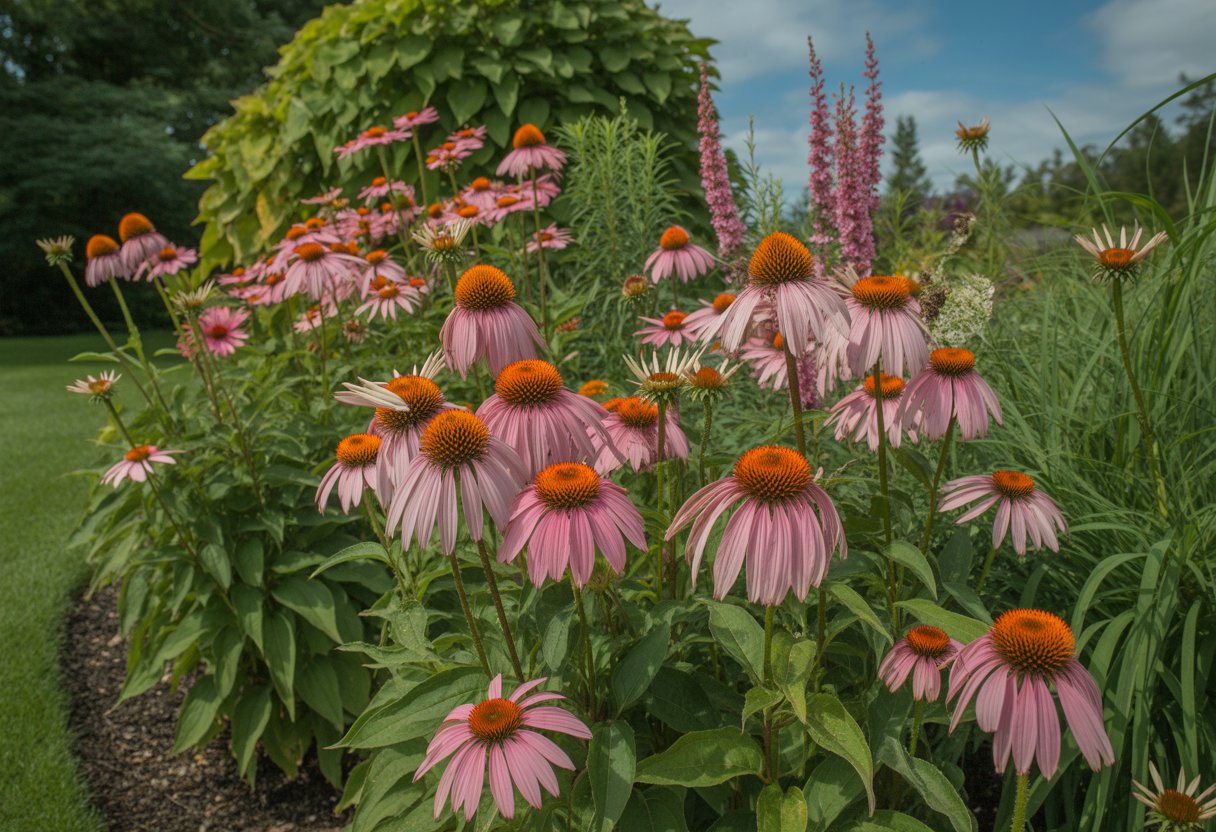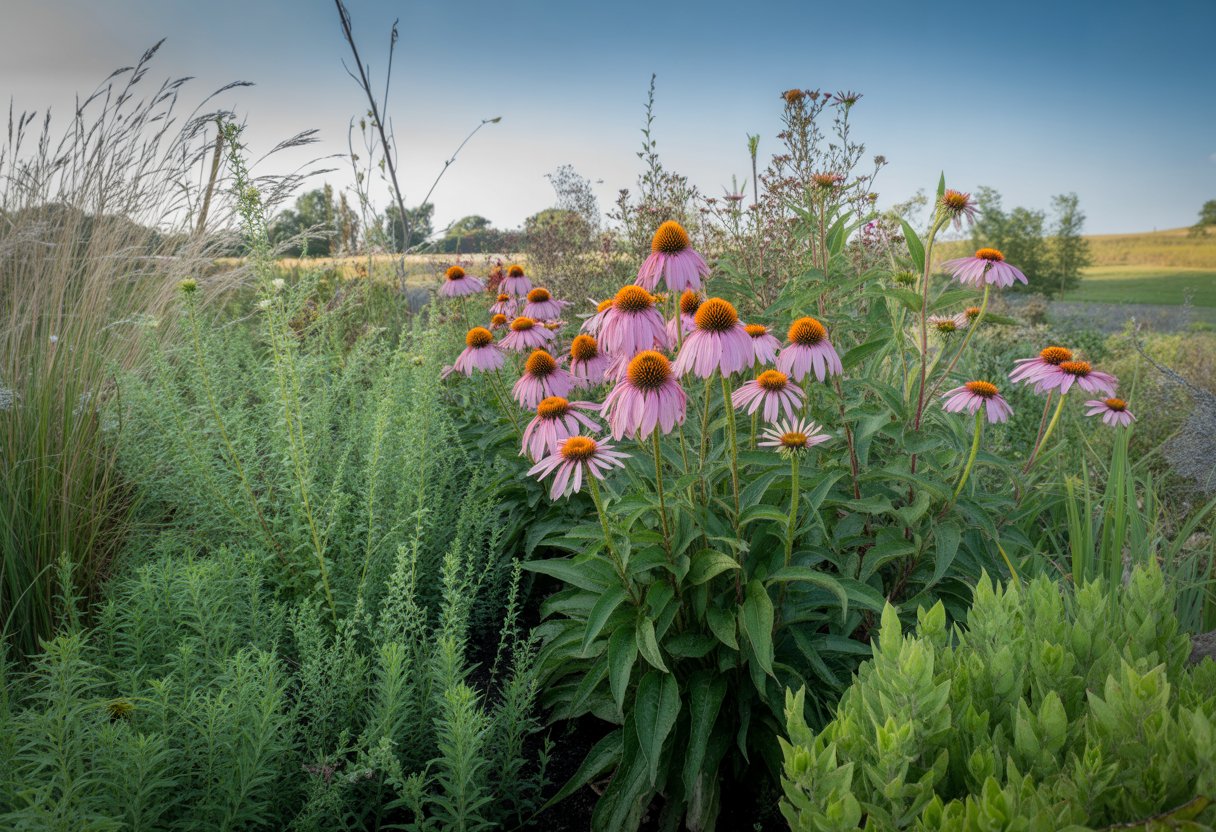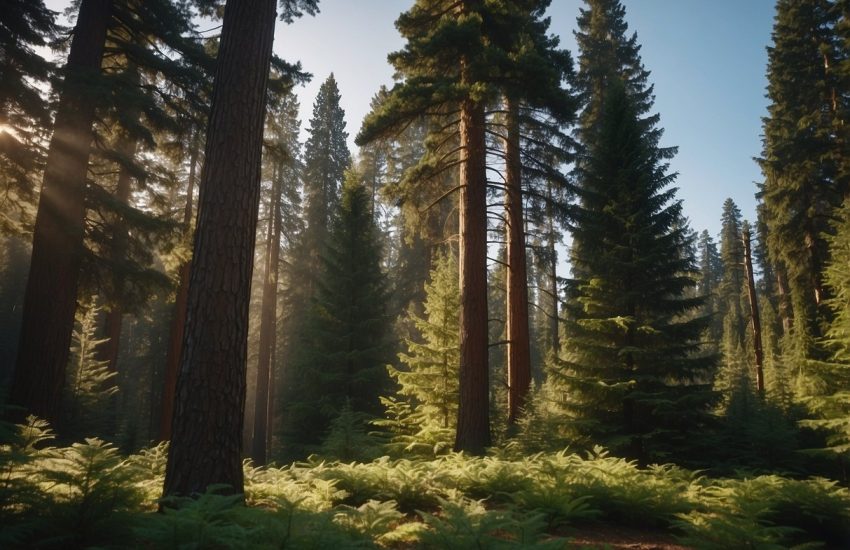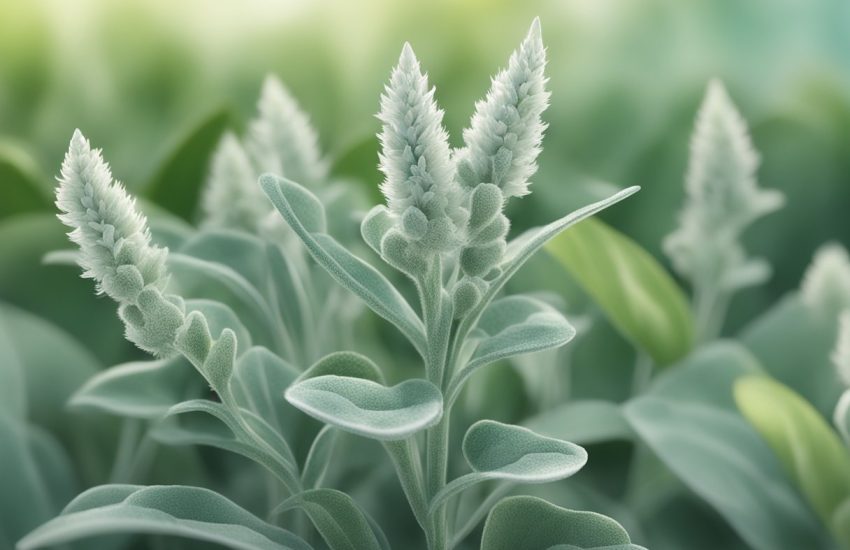Landscaping with Native Echinacea in Wisconsin for Sustainable and Low-Maintenance Gardens
Landscaping with native echinacea in Wisconsin? Honestly, it’s a practical and beautiful choice for just about any gardener. This hardy perennial doesn’t just survive here—it thrives, shrugging off harsh weather and lending a hand to local pollinators. That’s a win for the planet and your to-do list.

Echinacea’s deep roots and drought tolerance mean you can skip a lot of extra watering and fuss. The flowers? They’re vivid and stick around for ages, so you get color all season.
When you plant native echinacea, you’re not just making things easier for yourself. You’re also rolling out the welcome mat for butterflies, bees, and even birds. If you want a garden that basically takes care of itself and helps the ecosystem, echinacea is hard to beat.
Benefits of Landscaping With Native Echinacea in Wisconsin

So, what’s actually great about echinacea? For starters, it supports wildlife, shrinks your maintenance chores, and keeps your yard looking interesting all year.
Supporting Local Wildlife
Echinacea is like a magnet for Wisconsin’s pollinators. Bees and butterflies flock to its nectar, and when the petals fade, the big seed heads become a snack bar for birds—especially when food gets scarce in late summer and fall.
By planting echinacea, you’re helping create a wildlife habitat that keeps these critters going all year. It’s a small move with a big impact on local biodiversity.
Adaptability and Low Maintenance
Echinacea loves full sun and doesn’t care much about soil type, which is perfect for Wisconsin’s patchwork of conditions. As a native, it doesn’t need much watering, fertilizer, or pest control.
Its tough leaves and deep roots shrug off drought and most pests. You end up with a plant that just grows, no drama, no endless babying.
Aesthetic Appeal and Seasonal Interest
Echinacea brings structure and color from midsummer right into fall. Those big cones and bold petals really pop in flower beds or wild gardens.
Even after the flowers fade, the dried seed heads look cool and keep the birds coming through winter. It’s one of those plants that keeps giving, visually and ecologically.
Selecting Echinacea and Companion Plants for Wisconsin Landscapes
Picking the right Echinacea varieties and companion plants makes a huge difference. Think about bloom times, growth habits, and which plants will help pollinators and keep the soil healthy.
Popular Echinacea Varieties
Here in Wisconsin, Purple Coneflower (Echinacea purpurea) is the classic choice. It’s sturdy, with big purple blooms that butterflies and bees can’t resist. Cultivars like Magnus offer deeper color and bloom a bit earlier.
Pale Purple Coneflower (Echinacea pallida) brings a different look—narrower petals and a slightly earlier bloom. Some newer hybrids, like Milkshake with creamy flowers or Firebird with fiery orange-red, add a twist if you’re feeling adventurous.
If you’re tight on space, try compact types like Pixie Meadowbrite or Ruby Star. The Tiki Torch cultivar is a real show-off with its bright colors and mid-summer blooms.
Best Companion Native Species
The best companions for Echinacea complement its growth and boost the garden’s value for wildlife. Try grasses like Little Bluestem or Switchgrass for texture and wind protection.
Blazing Star and Coreopsis flower around the same time, so pollinators stick around longer. Milkweed is a must if you want monarch butterflies—seriously, it’s a magnet.
For shadier corners, Wild Geranium or Silky Aster add variety. Black-eyed Susan and Nodding Onion bring height and thrive in similar soils.
Herbs like Monarda or groundcovers such as Wild Ginger and Clover make things more interesting and help with soil stability. These combos also work wonders in rain gardens, handling moisture and stopping erosion.
Considerations for Plant Selection
Soil and sunlight matter a lot here. Echinacea likes well-drained, moderately fertile soil and plenty of sun.
Native plants that are already used to Wisconsin’s quirks will need less help from you and handle drought better. Don’t crowd your plants—good spacing keeps diseases down and lets air move.
If you pick cultivars with different bloom times, you’ll get flowers (and pollinators) from early summer through fall. Buy from trusted nurseries like Prairie Nursery to make sure you’re getting the real deal.
Mixing up species with similar water and soil needs creates a landscape that’s both pretty and practical.
Design and Maintenance Principles for Native Echinacea Gardens

If you want Echinacea to really shine, pay attention to the site, plant it right, and think about wildlife. These details help you build a garden that looks good, survives Wisconsin’s weather, and supports the ecosystem.
Planning for Site Conditions
Echinacea does best in full sun and well-drained soil. Skip heavy clay or soggy spots unless you’re setting up a rain garden that can handle extra water. Aim for neutral to slightly acidic pH if you can.
Start by clearing out invasives and try not to disturb existing natives. A bit of compost can help, but don’t go overboard—Echinacea is pretty chill about soil fertility.
Think about wind and space, too. Planting in clusters of three to five looks nice and attracts more pollinators. Good air flow helps keep diseases down.
Planting and Care Practices
Plant Echinacea in early spring or fall so roots get a head start. Give each plant 18 to 24 inches of elbow room for air and growth. Mulch with leaves or shredded bark to hold moisture and keep weeds down, but don’t pile it up against the stems.
Water new plants regularly during their first season. After that, they barely need extra water and can handle dry spells. Deadhead if you want more blooms, but leave some seed heads for the birds in fall and winter.
Skip heavy pruning or messing with the plants during winter; let them be for habitat and protection. Lean into natural landscaping—less chemical fuss means a healthier garden and happier wildlife.
Creating Wildlife-Friendly Spaces
Echinacea gardens attract all sorts of pollinators—bees, butterflies, you name it. These visitors play a big role in keeping your garden ecosystem balanced.
Try mixing in native plants that bloom before and after Echinacea. That way, pollinators can find nectar throughout the whole season.
Leave some leaf litter and let seed heads stand through winter. It might look a little wild, but insects and small critters will thank you for the extra shelter.
Skip the pesticides if you can. Beneficial bugs usually handle most pests on their own.
Group Echinacea with native shrubs and grasses for even more habitat variety and cover. It’s a simple way to help wildlife and still end up with a gorgeous, practical yard.


